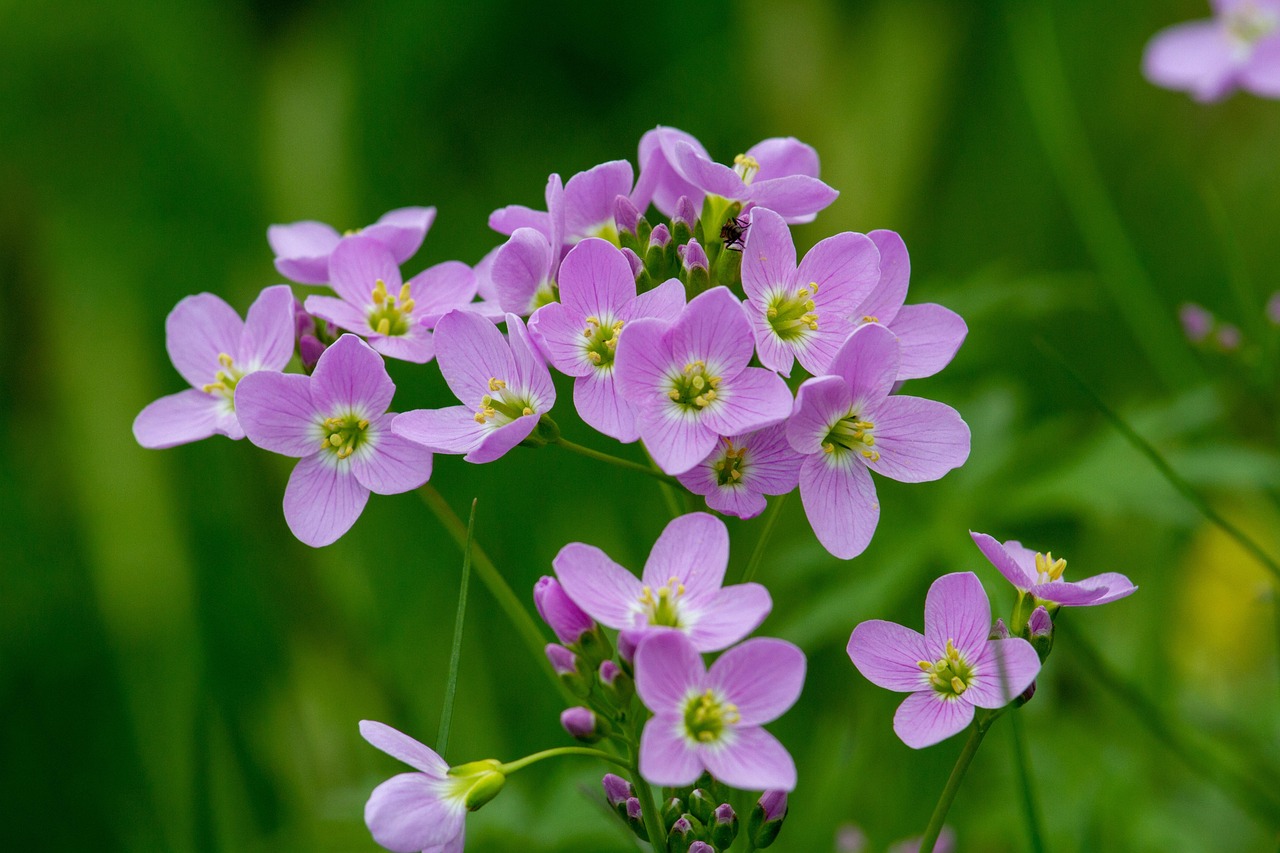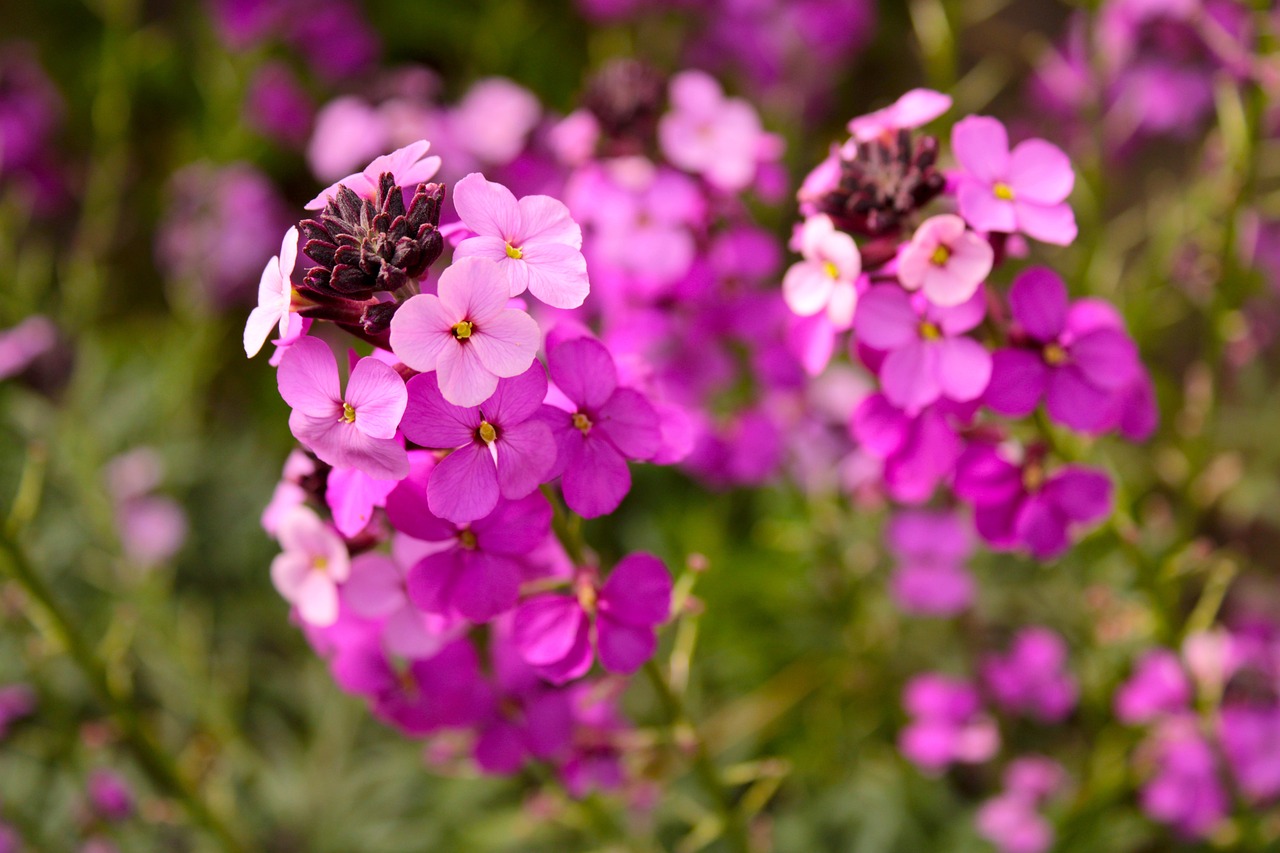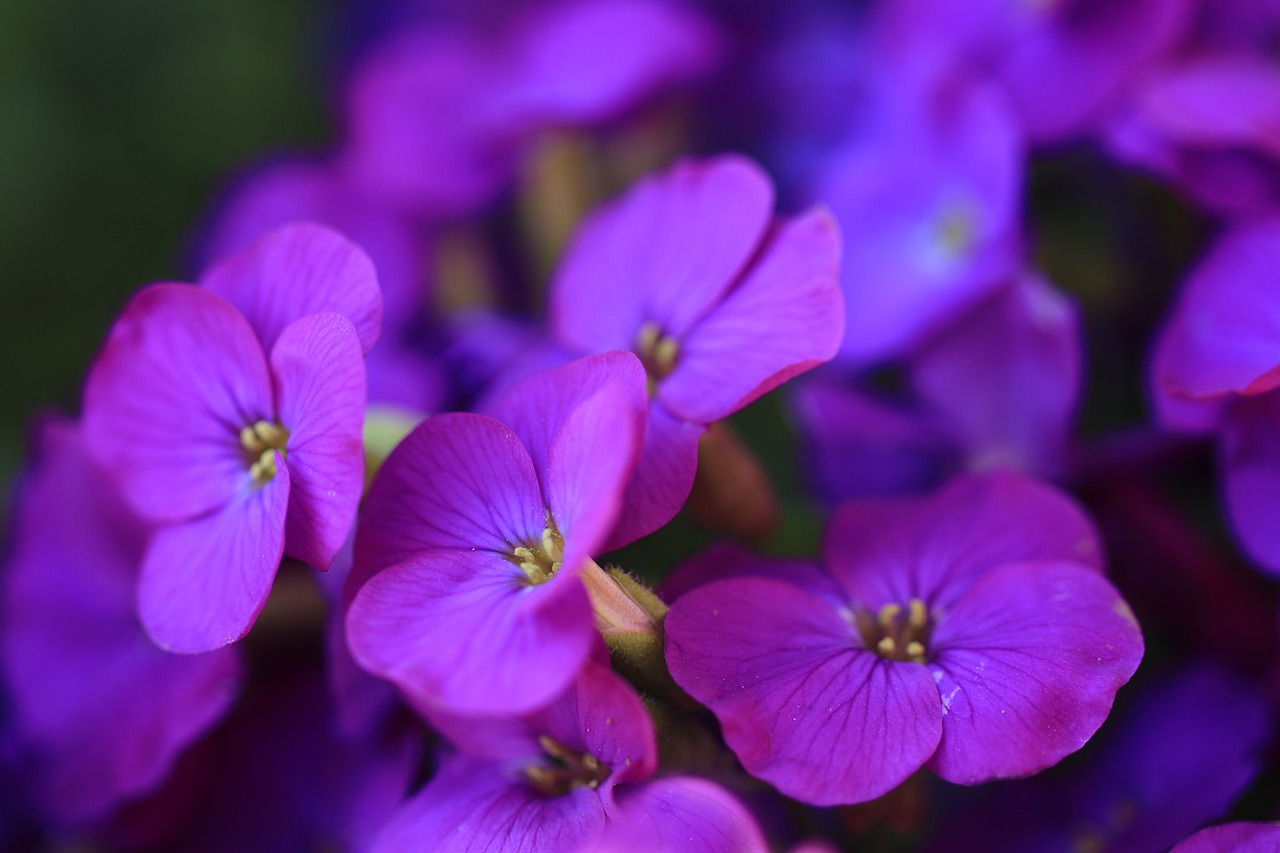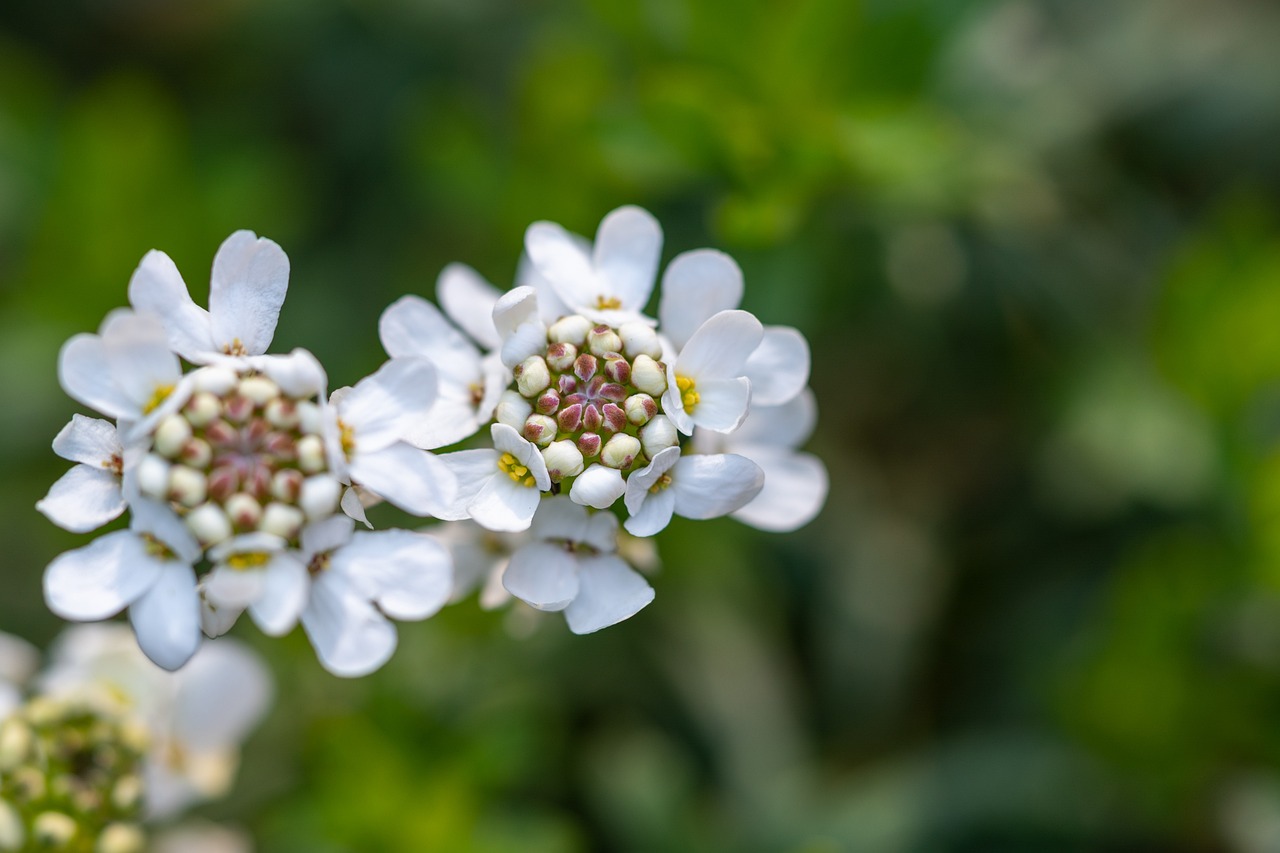Nanohana | Early Spring Colors in Harmony with Japanese Cuisine and Seasonal Traditions
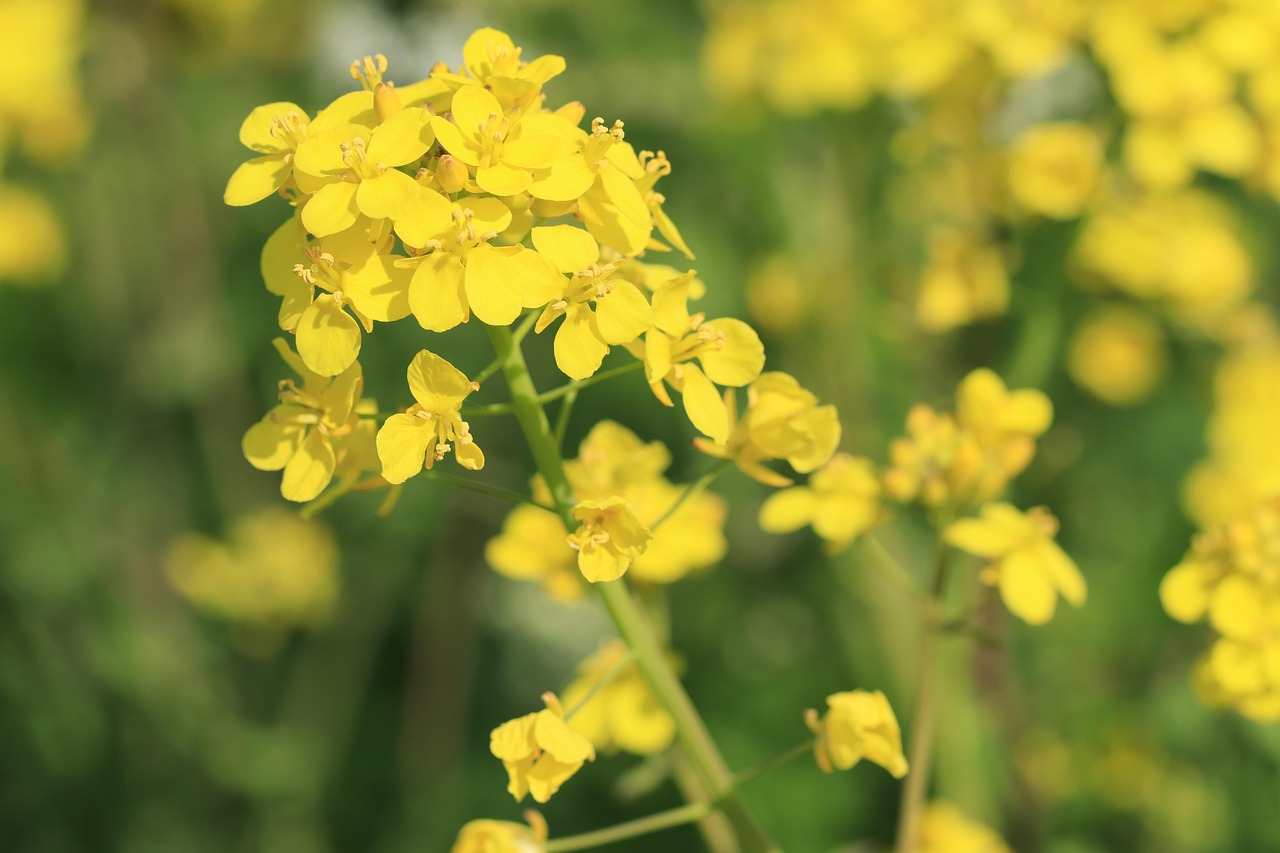
Nanohana is a plant cherished throughout Japan as a flower that heralds the arrival of spring.
With its delicate yellow blossoms and fresh green stems and leaves, it is often planted in parks and along riverbanks for ornamental and touristic purposes. Having long blended into the Japanese landscape, it stands as a symbol of early spring.
In this article, I will explain the basic information, cultural and historical background, and gardening methods of nanohana in detail.
Basic Information
- Scientific name: Brassica rapa var. amplexicaulis
- Family: Brassicaceae
- Origin: Central and southern China, Japan
- Appearance: From green foliage, straight flower stalks extend upward, bearing clusters of small bright yellow cruciform flowers that create a vibrant spring atmosphere.
- Blooming season: February to April
Cultural Significance Around the World
Nanohana is cherished in Japan and throughout East Asia as a plant that marks seasonal transitions.
In Japan, it is widely known as “nanohana” and celebrated as a harbinger of spring, with flower fields visible across the country. It has long been a motif in haiku and waka poetry and is regarded as a symbolic plant that enriches rural landscapes. Nanohana is also tied to spring festivals, appearing in local events such as the “Flower Festival” and “Nanohana Festival.”
Its vivid yellow color conveys meanings of hope and renewal, brightening people’s spirits.
In China as well, fields of nanohana have been admired as seasonal landscapes in paintings and poetry. The expansive view of yellow blossoms is considered an auspicious sign of a prosperous year.
Historical Background
Cultivation of nanohana is said to have begun in ancient China, reaching Japan as early as the Nara period. In Japan, it has been valued both as food and as an ornamental flower.
During the Edo period, gardens and fields dedicated to viewing nanohana were developed around urban areas, and the plant became a popular spring pastime among common people.
From the Meiji era onward, with the advancement of agriculture, improved varieties were developed, leading to the dual-purpose ornamental and edible nanohana seen today.
Since the latter half of the 20th century, its value as a tourism resource has been rediscovered, and large flower fields have been created across the country.
Today, nanohana is beloved as a familiar spring landscape throughout Japan.
Gardening Advice
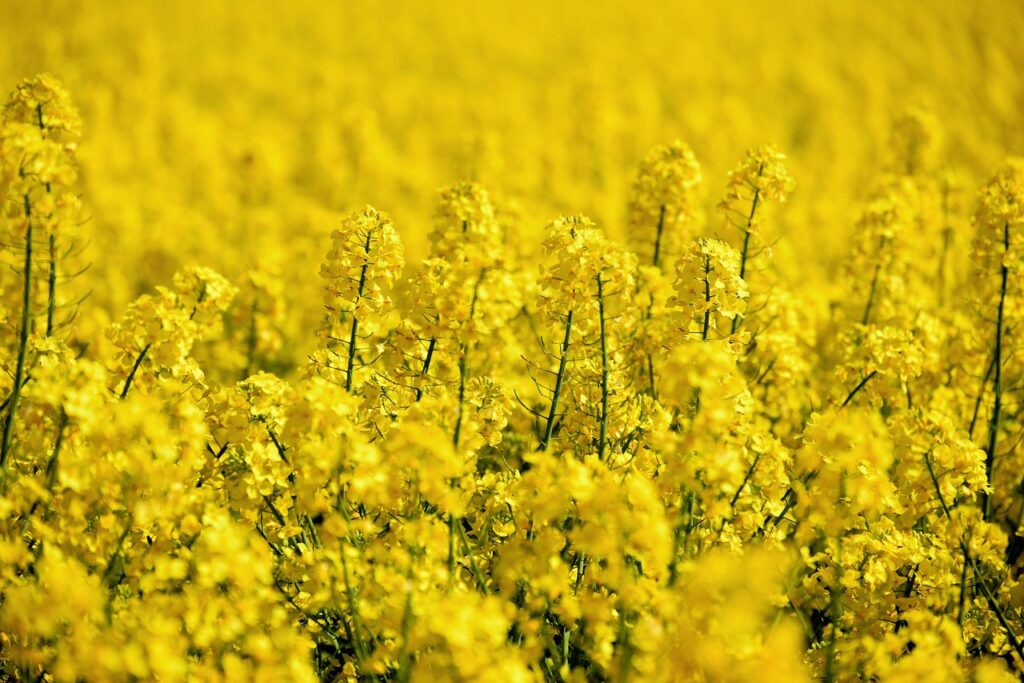
Nanohana is relatively easy to care for and can be cultivated at home. Below are some key points for growing it successfully.
Sunlight
Prefers full sun; insufficient light may reduce flowering.
Watering
Water thoroughly when the soil surface dries. Avoid excessive moisture, and ensure good air circulation.
Soil
Thrives in fertile, well-drained soil with good water retention. Mixing leaf mold into commercial potting soil is effective.
Fertilizer
Apply slow-release fertilizer once or twice a month during the growing season. Excess fertilizer may cause excessive leaf growth.
Thinning and Pruning
When growing from seed, thin seedlings to prevent overcrowding. After flowering, cut back stems at the base to encourage regrowth the following year.
Cold Tolerance
Withstands some winter cold, but in regions with heavy frost, use protective coverings such as frost cloth.
Conclusion
Nanohana, with its bright yellow blossoms, is a plant that announces the arrival of spring. In Japan and China, it has been culturally significant for centuries, appearing in poetry and seasonal festivals.
Having accompanied people’s lives since ancient times, nanohana continues to be admired as an ornamental flower and, more recently, as a spring tourism resource across Japan.
With plenty of sunlight and proper care, it will reward you with vibrant flowers that perfectly complement the scenery of spring.

